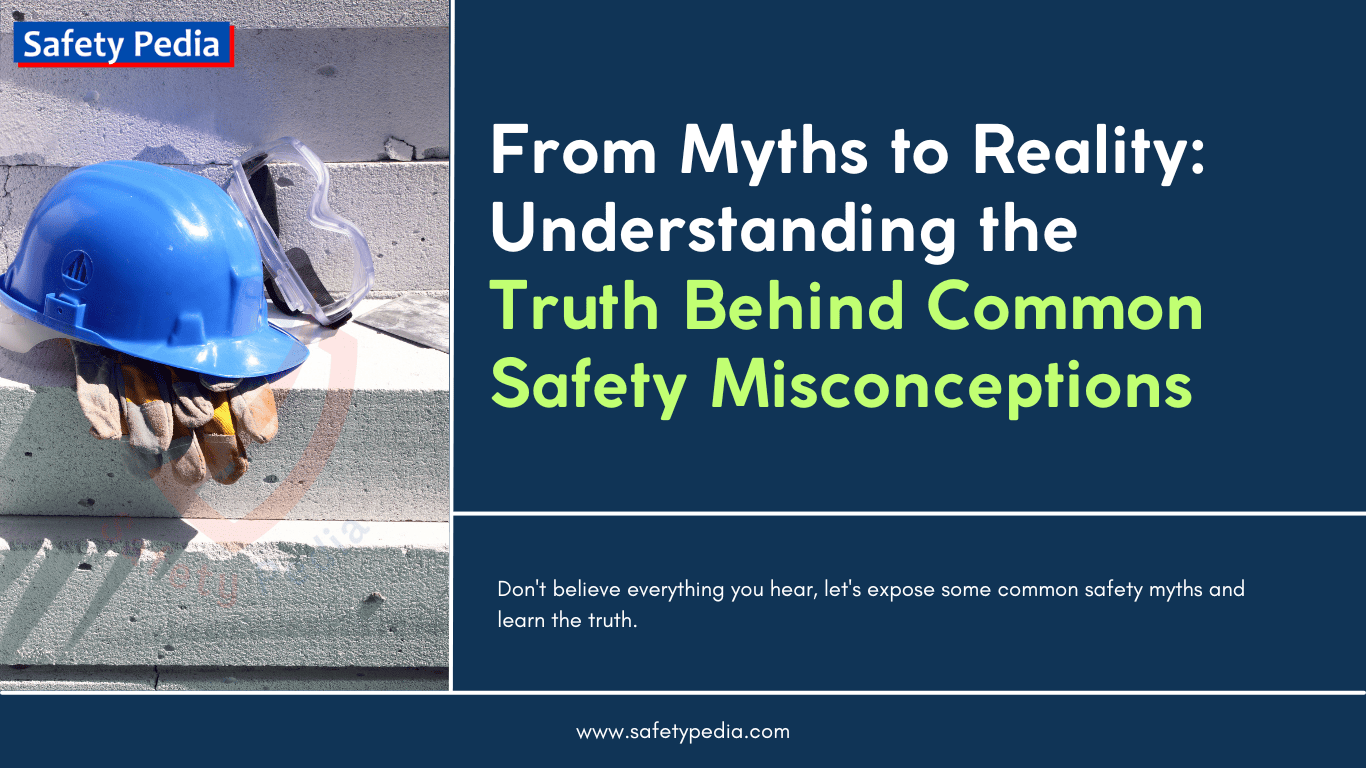
Are you confident in your knowledge about safety? Think again. Despite your best intentions, there are several safety misconceptions that people believe in, which can put them at risk. In this eye-opening article, we will expose the top safety misconceptions that everyone believes.
When it comes to safety, our preconceived notions can sometimes lead us astray, posing potential risks and hazards we might not even be aware of. In this eye-opening article, we delve deep into the top safety misconceptions that everyone believes, uncloaking the hidden dangers that lurk beneath the surface.
From everyday situations to emergency scenarios, there are many areas where people mistakenly think they are safe. We will debunk these misconceptions and provide you with the facts and information you need to protect yourself and your loved ones.
This article is a must-read for anyone who wants to ensure their safety. We will cover topics like workplace safety, road safety, home safety, school safety, and more. By the end of this article, you will have a better understanding of the safety measures you need to take in various situations.
Don’t be fooled by common misconceptions. Stay informed, stay safe, and read on to discover the truth behind the safety beliefs you’ve held for so long.
Common safety misconceptions
Misconceptions about safety are prevalent in our society, and many people unknowingly hold onto these beliefs. Let’s explore some of the most common safety misconceptions that everyone believes.
- “It won’t happen to me” mentality: One of the most dangerous misconceptions is the belief that accidents or incidents won’t happen to us. We often underestimate the risks involved in our daily lives and assume that bad things only happen to other people. This false sense of invincibility can lead to complacency and a lack of preparedness.
- “I can multitask while driving” myth: Many drivers believe they can safely multitask while behind the wheel. Whether it’s texting, eating, or using a mobile device, this misconception can have deadly consequences. Studies have shown that distracted driving is a leading cause of accidents, and no one is immune to the dangers of taking their eyes off the road.
- “I don’t need safety equipment” fallacy: Another common misconception is the belief that safety equipment is unnecessary or inhibits productivity. Whether it’s neglecting to wear a helmet on a construction site or not using safety goggles in a chemistry lab, this misconception can result in severe injuries or even fatalities.
- “Accidents happen, there’s nothing you can do about it.” While some accidents are truly unforeseen, many are preventable through proper planning, training, and following safety protocols.
- “Safety is expensive and slows things down.” Investing in safety saves money in the long run by preventing injuries, accidents, and downtime.
- “Safety rules are just common sense.” Not everyone has the same level of safety knowledge or experience, and clear rules ensure everyone is on the same page.
- “Young and healthy people don’t need to worry about safety.” Accidents can happen to anyone, regardless of age or health.
- “Personal protective equipment (PPE) is uncomfortable and unnecessary.” PPE is essential for protecting yourself from specific hazards and can be comfortable when chosen and used correctly.
- “Experience makes you immune to safety risks.” Experience can lead to complacency, and even experienced workers can make mistakes.
- “Familiarity with a task eliminates risk.” Overconfidence and complacency can lead to accidents.
- “Reporting safety concerns makes you a troublemaker.” Reporting concerns shows commitment to safety and helps improve working conditions for everyone.
- “Reporting safety concerns is a sign of weakness.” Reporting concerns is crucial for identifying and addressing hazards before they cause an accident.
- “Following safety protocols makes you look slow or incompetent.” Taking the time to follow safety procedures demonstrates professionalism and commitment to safety.
- “Taking shortcuts is okay if you’re careful.” Shortcuts often lead to accidents, and “careful” is not a guarantee of safety.
- “Horseplay and pranks are harmless fun.” Horseplay can lead to serious injuries and damage company property.
- “Feeling safe is the same as being safe.” Relying solely on your feelings can be misleading, as you may not be aware of all the potential risks around you.
- “Bad things only happen to other people.” Everyone is susceptible to accidents and crime, and it’s important to be prepared.
- “Walking alone at night is safe if you’re in a well-lit area.” Even well-lit areas can be dangerous, and it’s important to be aware of your surroundings and take precautions.
- “Carrying a weapon will always protect you.” Weapons can be dangerous if not used properly and can escalate situations.
- “Sharing personal information online is harmless.” Sharing too much information online can make you vulnerable to identity theft and other scams.
- “Safety is boring.” Safety can be proactive and engaging, involving problem-solving and innovation.
- “Young and healthy people don’t need safety measures.” Everyone is susceptible to accidents and injuries, regardless of age or health.
| Myth | Fact |
|---|---|
| Myth: Accidents just happen; there’s nothing you can do about it. | Fact: Most accidents are preventable by following safety protocols and being aware of your surroundings. |
| Myth: Taking shortcuts saves time and doesn’t hurt anyone. | Fact: Shortcuts often increase the risk of accidents and can have serious consequences. |
| Myth: Safety precautions are inconvenient and slow you down. | Fact: Taking the time to follow safety procedures can prevent injuries and ultimately save time in the long run. |
| Myth: Young and healthy people don’t need to worry about safety. | Fact: Accidents can happen to anyone, regardless of age or health. |
| Myth: Common sense is all you need to stay safe. | Fact: While important, common sense can be subjective and may not always address specific hazards. |
| Myth: Following the crowd is safe because everyone else is doing it. | Fact: Groupthink can lead to dangerous behavior; think critically and assess risks independently. |
| Myth: Ignoring warnings and taking risks demonstrates bravery. | Fact: True bravery lies in making informed decisions and prioritizing safety. |
| Myth: Fear of embarrassment prevents people from asking for help in dangerous situations. | Fact: Prioritizing safety and seeking help is responsible, not embarrassing. |
| Myth: I’ve been doing this for years without getting hurt, so I’m safe. | Fact: Experience isn’t enough; complacency can lead to accidents. |
| Myth: Reporting minor injuries is unnecessary and creates paperwork. | Fact: Reporting even minor injuries helps identify hazards and prevent future accidents. |
| Myth: Safety regulations are just bureaucratic red tape and hinder productivity. | Fact: Following safety regulations protects workers and creates a more efficient and productive work environment. |
| Myth: Personal protective equipment (PPE) is uncomfortable and unnecessary. | Fact: PPE can prevent serious injuries and is essential in many work situations. |
| Myth: It’s not my responsibility to report unsafe conditions; someone else will do it. | Fact: Everyone has a responsibility to create a safe workplace and speak up about potential hazards. |
| Myth: My home is my safe haven; nothing bad can happen here. | Fact: Many accidents occur in the home due to fire, falls, and poisoning. |
| Myth: Smoke detectors can wait, I’ll get around to installing them eventually. | Fact: Working smoke detectors are crucial for early fire detection and saving lives. |
| Myth: Leaving appliances plugged in is harmless. | Fact: Unplug unused appliances to prevent electrical fires and reduce energy consumption. |
| Myth: Storing chemicals and cleaning products under the sink is convenient. | Fact: Keep these items properly labeled and stored in a safe location, away from heat and children. |
| Myth: Carbon monoxide detectors are unnecessary unless you have a gas stove. | Fact: Carbon monoxide poisoning can occur from various sources, so detectors are recommended in all homes. |
The dangers of believing safety misconceptions
Believing in safety misconceptions can have serious consequences. By buying into these false beliefs, we put ourselves and others at risk without even realizing it. Understanding the dangers associated with these misconceptions is crucial for promoting a culture of safety.
- Increased vulnerability: When we believe in safety misconceptions, we become more vulnerable to accidents and injuries. By disregarding safety protocols or neglecting proper precautions, we expose ourselves to unnecessary risks. This can result in severe consequences, both physically and emotionally.
- False sense of security: Holding onto safety misconceptions can create a false sense of security. We may think we are safe when, in reality, we are putting ourselves in harm’s way. This false sense of security can lead to complacency and a lack of vigilance, making us more susceptible to accidents.
- Impact on others: Believing safety misconceptions doesn’t just affect ourselves but also those around us. Our actions or lack thereof can have a ripple effect, impacting our loved ones, colleagues, and even strangers. By debunking these misconceptions, we can create a safer environment for everyone.
Debunking safety misconceptions – Myth vs. Reality
Now that we understand the dangers of believing safety misconceptions, let’s debunk some of the most common myths and reveal the reality behind them. By shedding light on the truth, we can empower ourselves with knowledge and make informed decisions when it comes to our safety.
- Myth: “I can handle a minor fire on my own.” Reality: Even a seemingly small fire can quickly escalate and become uncontrollable. It is crucial to follow the proper procedures and evacuate immediately. Attempting to extinguish a fire without proper training and equipment can lead to severe burns or inhaling toxic smoke.
- Myth: “Seat belts are unnecessary for short drives.” Reality: Accidents can happen at any time, regardless of the distance traveled. Wearing seat belts is essential for protecting yourself in the event of a sudden stop or collision. Short drives are not exempt from accidents, and wearing a seat belt can significantly reduce the risk of serious injuries or fatalities.
- Myth: “Safety is the sole responsibility of the employer.” Reality: While employers have a duty to provide a safe working environment, safety is a shared responsibility. Each individual must actively participate in maintaining safety standards and following protocols. By taking ownership of our safety, we contribute to a culture of safety in our workplaces.
Safety tips and best practices
To ensure your safety and the safety of those around you, it is important to follow some key tips and best practices. These guidelines will help you navigate various situations and minimize the risks associated with common safety misconceptions.
Workplace Safety:
- Familiarize yourself with emergency procedures and evacuation routes.
- Use personal protective equipment (PPE) as required.
- Report any potential hazards or safety concerns to your supervisor.
Road Safety:
- Always wear a seat belt, regardless of the distance you’re traveling.
- Avoid distracted driving by refraining from using your phone or engaging in other activities while driving.
- Observe speed limits and traffic rules to reduce the risk of accidents.
Home Safety:
- Install smoke detectors and carbon monoxide detectors in your home.
- Keep flammable materials away from heat sources.
- Regularly check and maintain the condition of electrical wiring and appliances.
School Safety:
- Teach children about stranger danger and how to respond in emergency situations.
- Ensure that school facilities have proper safety measures in place, such as fire alarms and first aid kits.
- Encourage open communication with teachers and school administrators regarding safety concerns.
Importance of safety training and education
To overcome safety misconceptions, it is crucial to prioritize safety training and education. By equipping ourselves with the necessary knowledge and skills, we can make informed decisions and take appropriate actions to ensure our safety and the safety of others.
Workplace Safety Training:
- Employers should provide comprehensive safety training to all employees.
- Training should cover topics such as hazard identification, emergency procedures, and proper use of PPE.
- Regular refresher courses should be conducted to reinforce safety practices.
Driver Education:
- Driver education programs should emphasize the dangers of distracted driving and the importance of following traffic rules.
- Governments and organizations should invest in campaigns that raise awareness about the consequences of unsafe driving behaviors.
Safety Education in Schools:
- Schools should incorporate safety education into their curriculum, teaching students about various safety measures and how to respond to emergencies.
- Students should be encouraged to actively participate in safety drills and understand the importance of following safety protocols.
Resources for staying informed about safety
Staying informed about safety is essential for keeping up with the latest best practices and avoiding falling into common safety misconceptions. Fortunately, there are several resources available that can help us stay informed and educated.
- Government Websites: Government agencies often provide valuable information and guidelines related to safety. Websites such as the Occupational Safety and Health Administration (OSHA) and the National Highway Traffic Safety Administration (NHTSA) offer resources and educational materials.
- Safety Organizations: Non-profit organizations dedicated to safety, such as the National Safety Council (NSC) and Safe Kids Worldwide, provide educational resources and safety tips for various environments.
- Training Programs: Many organizations offer safety training programs for different industries and situations. These programs provide hands-on training and knowledge to ensure individuals are equipped with the necessary skills to stay safe.
Case studies of accidents caused by safety misconceptions
To further emphasize the importance of debunking safety misconceptions, let’s look at some real-life case studies where accidents occurred due to the belief in these misconceptions. These examples serve as reminders of the potential consequences when we fail to recognize and address safety risks.
- Case Study 1: Construction Site Accident: A worker believed that wearing a hard hat was unnecessary as they were only working on low-level scaffolding. Unfortunately, a tool fell from above, striking the worker on the head and causing a severe head injury.
- Case Study 2: Distracted Driving Incident: A driver believed they could safely respond to a text message while driving at a slow speed. In a split second, they failed to notice a pedestrian crossing the road and collided with them, resulting in serious injuries.
- Case Study 3: Home Fire: A homeowner believed that leaving a candle unattended for a short period was safe. The candle fell over, igniting nearby curtains, and quickly spreading throughout the house. The homeowner narrowly escaped, but the property was extensively damaged.
Overcoming resistance to change in safety practices
Despite the dangers associated with safety misconceptions, some individuals and organizations might resist changing their practices. Overcoming this resistance is crucial for creating a safer environment for everyone. Here are some strategies to encourage a shift toward safer practices:
- Education and Awareness: Provide comprehensive education and raise awareness about the risks and consequences associated with safety misconceptions. By highlighting real-life examples and statistics, individuals and organizations can better understand the need for change.
- Leading by Example: Encourage leaders and influential figures to adopt and promote safe practices. When those in positions of authority prioritize safety, it sends a clear message that safety is a priority.
- Incentives and Recognition: Offer incentives and recognition to individuals or teams that consistently adhere to safety protocols and contribute to creating a safer environment. This can motivate others to follow suit and embrace safer practices.
Conclusion and call to action
Believing safety misconceptions can have severe consequences, putting ourselves and others at risk. By debunking these misconceptions and adopting a culture of safety, we can ensure the well-being of everyone. Stay informed, educate others, and prioritize safety in all aspects of life.
Remember, safety is not a matter of luck; it is a conscious decision to prioritize the well-being of ourselves and those around us. Let’s break free from the misconceptions that have held us back and create a safer world for everyone to thrive in.
Now is the time to take action. Share this article with your friends, family, and colleagues. Start conversations about safety and challenge any misconceptions you come across. Together, we can make a difference and build a safer future.
References:
https://www.hsa.ie/eng/topics/health_and_safety_myths/
Your one click can make a difference
Keep sharing and promoting health and safety awareness!
Related posts:
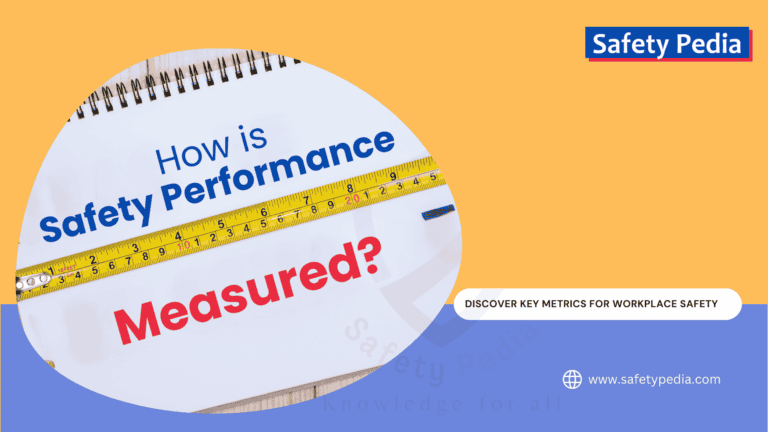
How to Measure Safety Performance?
Struggling to measure your workplace safety performance? Learn how to measure safety performance with key metrics to improve workplace safety. Discover essential indicators for risk assessment, compliance, and accident prevention.
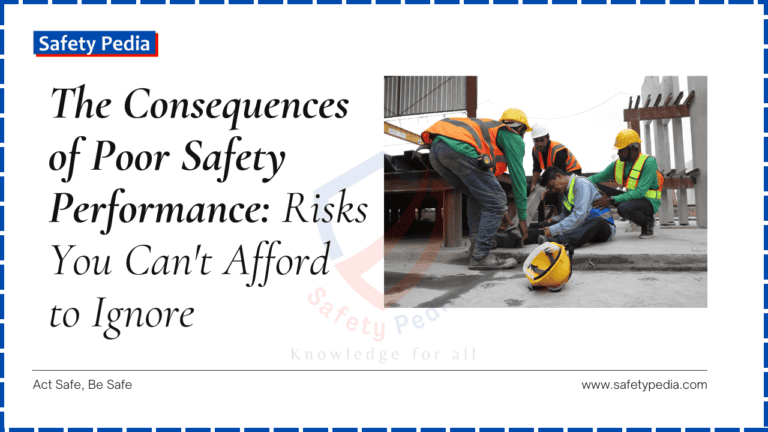
The Consequences of Poor Safety Performance: Risks You Can’t Afford to Ignore
Discover the potential consequences of poor safety performance in the workplace and how they can negatively impact both employees and the company as a whole.
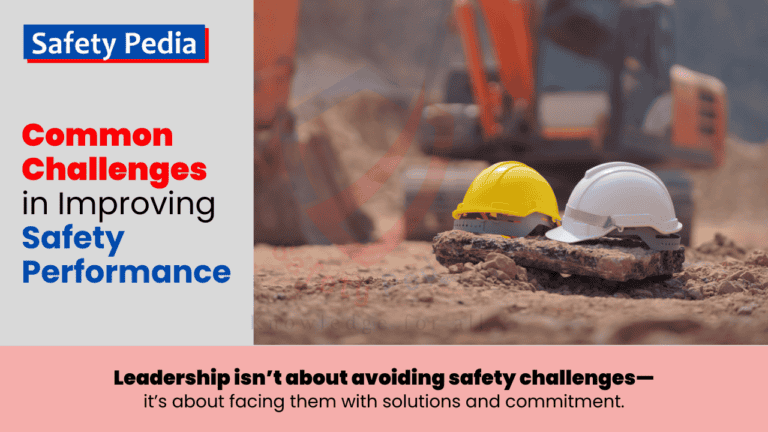
18 Common Challenges in Improving Safety Performance at Work
Discover 18 common challenges in improving safety performance at work. Learn how to overcome these obstacles for a safer workplace.
Join Our Safety Community!
Stay informed with the latest tips and insights on occupational health, safety, and the environment.
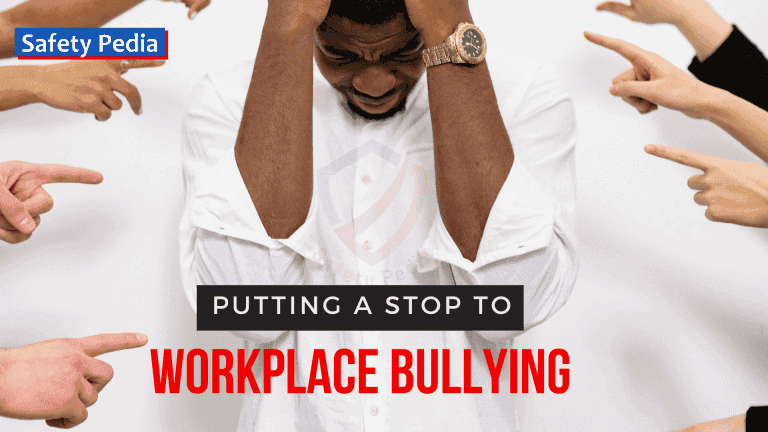
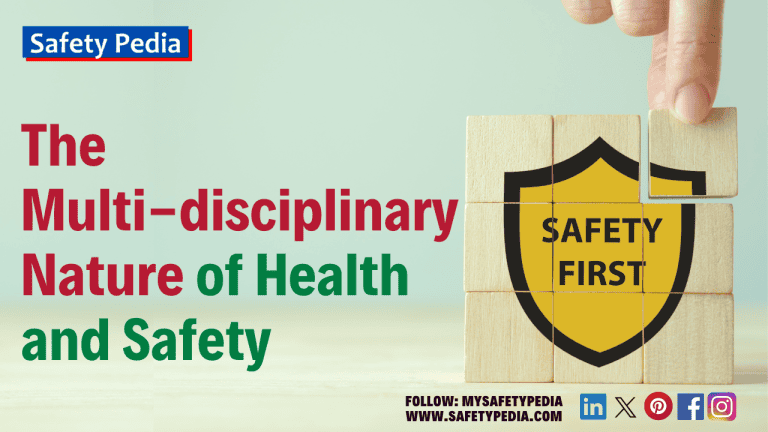
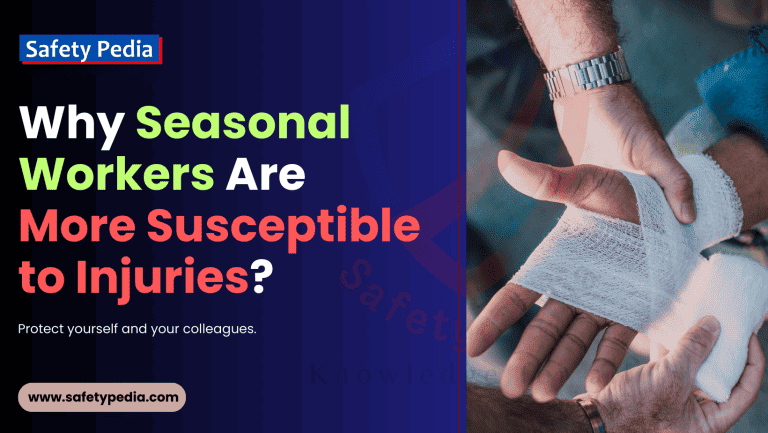
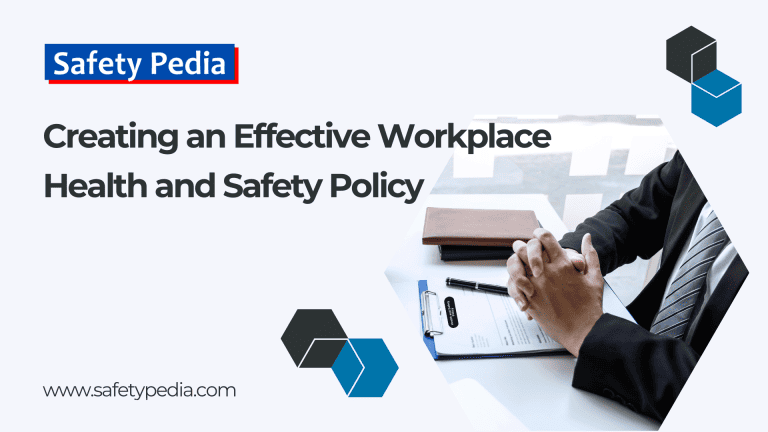
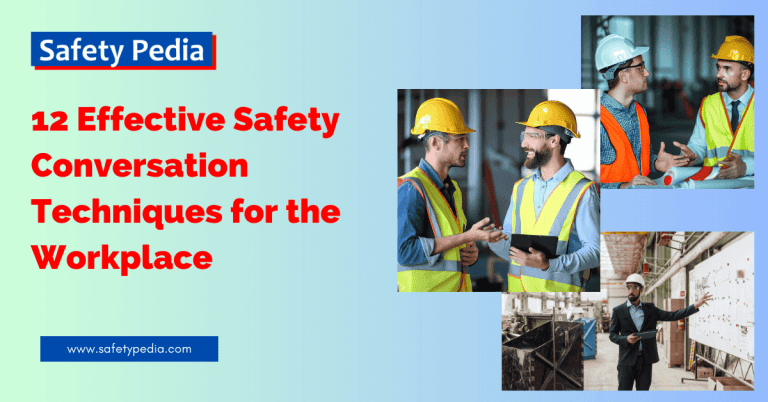
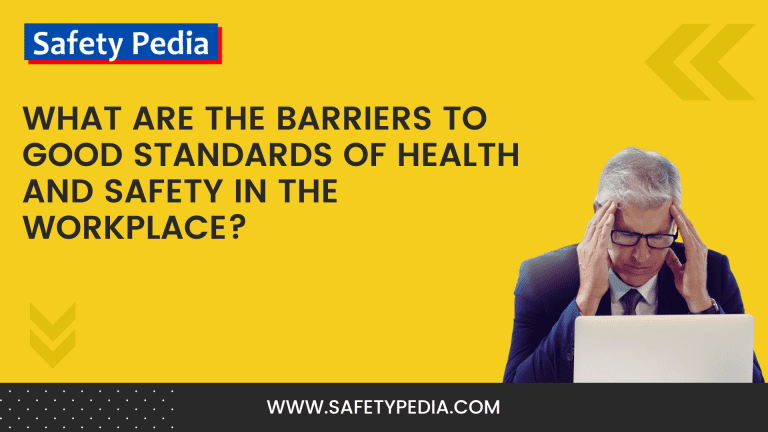
I’m truly grateful to the author for sharing this insightful article.